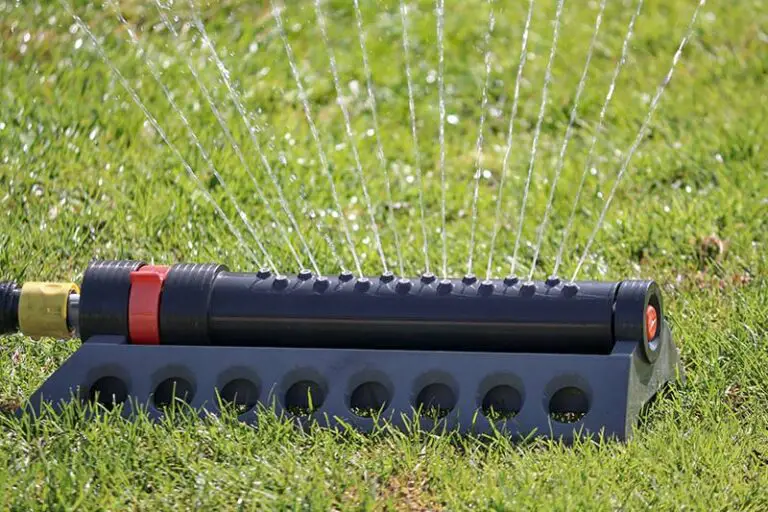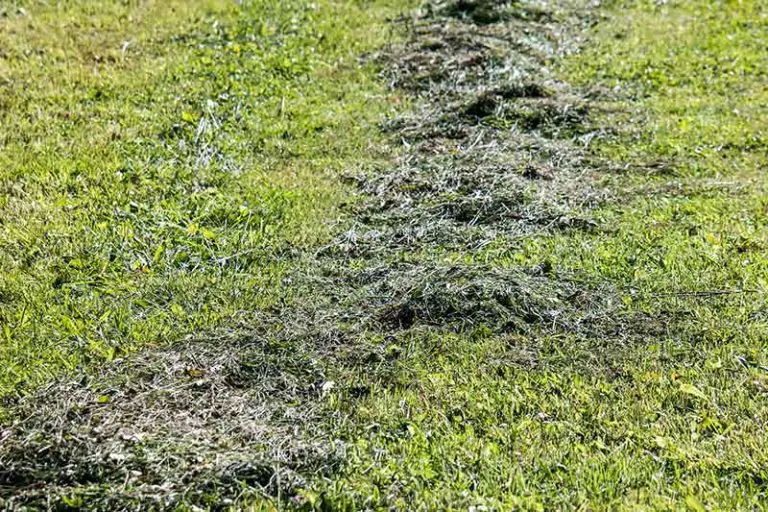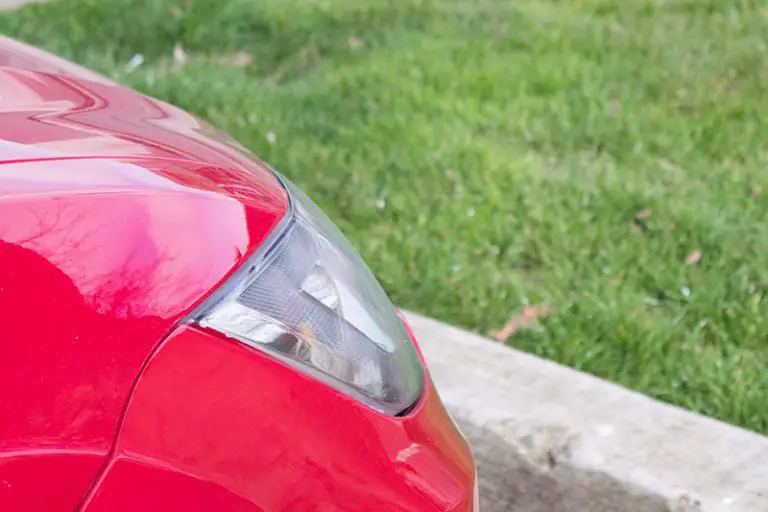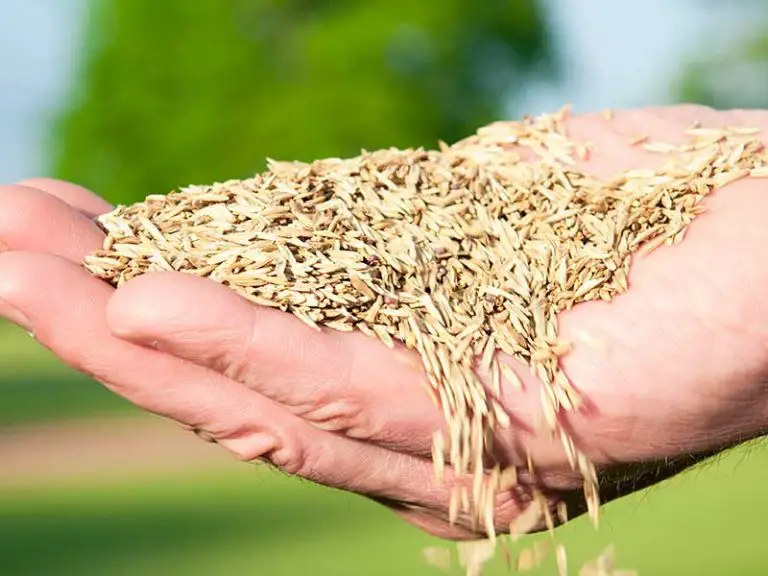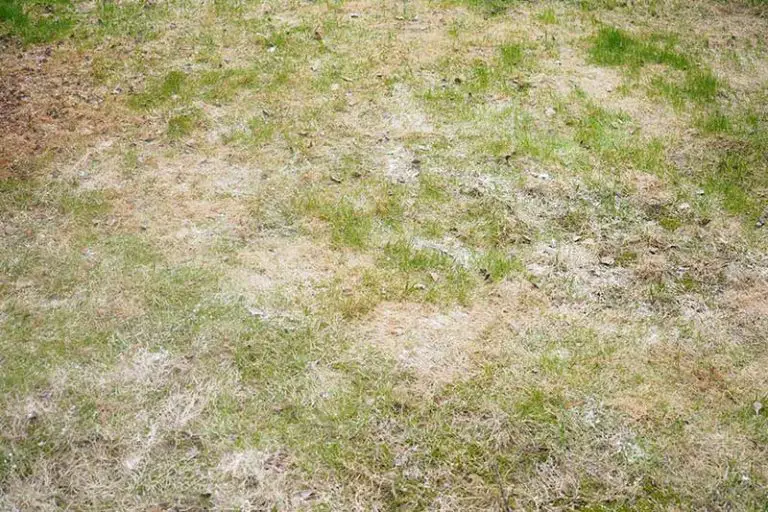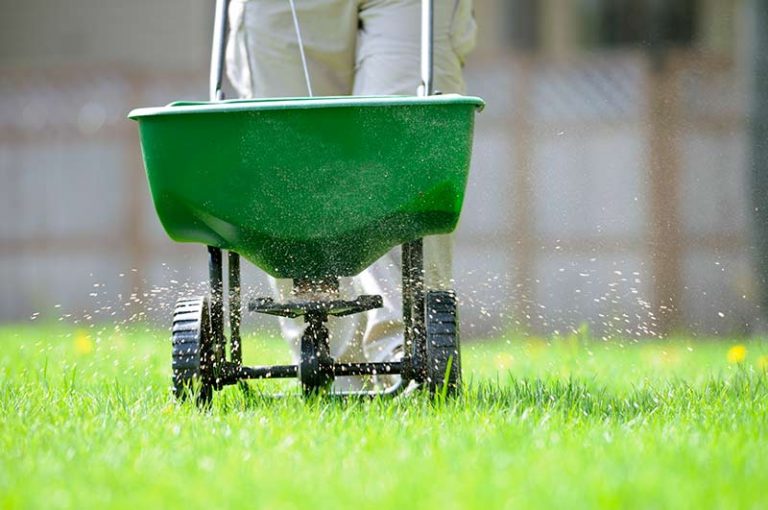Best Grass for Overseeding
If at least half of your garden shows healthy growth, overseeding may be a viable option and less costly than starting your lawn again from scratch. Overseeding may ensure that your grass remains green through the seasons and you don’t have unsightly yellow, brown, or bare patches on your lawn.
The best grasses for overseeding your lawn include Kentucky Bluegrass, Tall and Fine fescue, perennial ryegrass, or Zoysia. Ensure that you chose the right grass seeds for your specific region and soil type, dethatch, aerate, and fertilize your soil to ensure success.
Maintaining a lush green lawn takes commitment, and one needs to keep up with mowing, fertilizing, and proper irrigation your grass to maintain the emerald lustre. By choosing your grass seed according to climate, humidity, and elevation, you can find the best grass seed to keep your lawn green and free of weeds. Here are our tips to chose the best grass seed for your perfect lawn.
Kentucky Bluegrass
Poa pratensis or Kentucky bluegrass is a perennial grass species native to most of Europe, North Asia, Algeria, and Morocco. Although this grass flourishes in the cooler, moist climates of the Pacific Northwest and North Eastern United States, it is not a native species and brought to the US from the Spanish Empire.
This cool-season grass offers deep green and dense coverage with high visual appeal and adapts well to various conditions. Kentucky bluegrass gets its name from the leaves’ dark blue/green color and offers a creeping woodstock via runners or rhizomes, which makes it ideal for covering bare patches by overseeding.
The deep-colored and broad, blunt leaves tend to spread at the base forming close mats for excellent ground coverage.
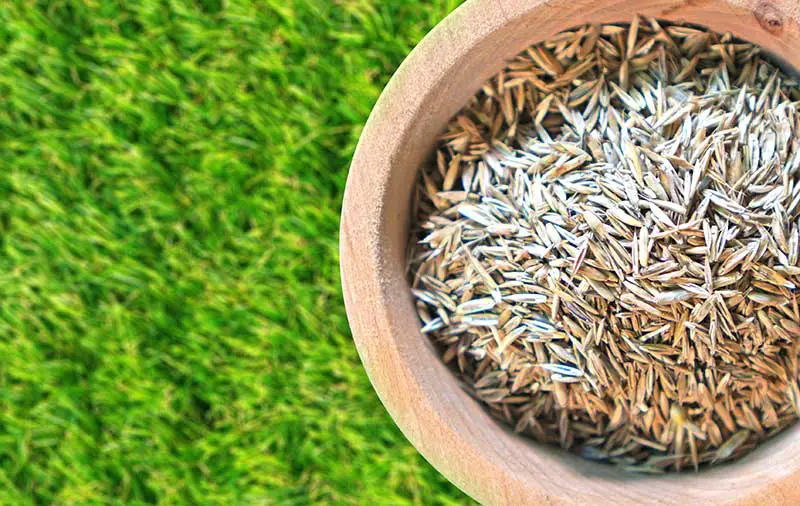
Kentucky Bluegrass Advantages
- High tolerance to stress and cold conditions
- Kentucky bluegrass survives drought conditions through dormancy and offers an enhanced recuperation rate
- Spreads quickly for a visually appealing lawn
- Can cope with high traffic areas and full sun exposure.
Disadvantages
- High water requirements
- This grass species needs frequent moving, fertilization, and general maintenance
- Kentucky bluegrass does not thrive well in shaded areas.
Tall fescue
Tall fescue or Festuca is a perennial evergreen grass that grows almost everywhere except Antarctica. Tall fescue is a highly adaptable grass species that tolerates various soil types, including the sandy soil along coastal areas. This cool-season grass is versatile, presents broad, dark green leaves, and tolerates full sun and shaded areas.
Fescue is slow-growing and is low maintenance in comparison to other perennial grass species. Tall fescue reaches its peak growth in the Spring and late Summer. Tolerant to most soil types, this grass species do not tolerate damp for boggy soil well and may be prone to disease in these types of growing conditions.
Tall Fescue Advantages
- Tolerant of high traffic lawn areas
- Tolerant of both full sun and shaded areas of your garden
- Drought resistant through its extensive root system
- Tall fescue adapts to a variety of soil types.
- Less maintenance than many other grass types, along with less water and fertilization.
Disadvantages
- Tall fescue may be unsightly when used to overseed a lawn due to its bunch type structure
- May be susceptible to certain moist borne diseases such as brown patch.
Fine Fescue
Fine fescues have achieved a solid reputation for their low maintenance and easy establishment. Fine fescue includes around five different species, including hard fescue, red fescue, Chewings fescue, and sheep fescue. Fine fescues have the advantage of quick germination and cope well with drought and no-mow environments.
Red fescue thrives in cooler areas and copes well with damp conditions and a top choice for overseeding transition zones that are hard to maintain.
Fine fescue Advantages
- Copes well with shaded, moist soil environments
- Fast germinating and suitable for transition zones
- Weed resistant
- Fine fescue performs well with little mowing and tolerates drought conditions.
Perennial Ryegrass
Perennial ryegrass or Lolium perenne hails from Europe, Asia, and Africa, but you will find it worldwide. The ryegrass is known for its quick germination and establishment rate and is often the choice seed for overseeding in areas that need a quick-growing cover. Perennial ryegrass is low-growing, tufted grass with a bunching or tillering growth. The leaves hairless and have a dark green, glossy appearance.
Perennial ryegrass offer enhanced wear resistance for more temperate climates and often the solution to Bermudagrass dormancy in the winter months. Perennial ryegrass is an excellent overseeding choice for those seeking a year-round green lawn, as it holds its color through winter and dies out when the warm season grass rejuvenates itself.
Advantages Perennial Ryegrass
- Low growing and can be mown short
- Fast germinating with vigorous growth
- Shiny, dark green appearance
- High wear resistance
Disadvantages
- Perennial ryegrass does not excel as a standalone lawn alternative due to its bunching growth
- Perennial ryegrass does not fare well in temperature extremes
- Relatively high maintenance grass and may be invasive to certain ecologically sensitive areas and overrun neighboring fescue lawns.
Zoysia Grass
Zoysia is a genus of creeping grasses found from Asia to America. A popular choice in Midwestern golf courses, warm-season Zoysia stands out for its high tolerance to weeds, disease, and foot traffic and is a hardy type of grass. Zoysia has the added advantage of being more water-wise than most grass species.
Zoysia is a creeping grass found in Asia, Australia, the Pacific as well as America. Zoysia stands out from the previous grass types in that it is particularly tolerant of heat and light, and water variables. Zoysia is also low maintenance and resistant to weed invasions, disease and is forgiving of foot traffic.
Advantages of Zoysia Grass
- Lush, carpet-like appearance
- Resistant to weeds
- Lower irrigation and fertilization needs
- Handles heavy foot traffic exceptionally well
- Thrives in full sun but is also shade tolerant
- Salt tolerant for coastal areas.
Disadvantages
- Zoysia can be prone to thatching
- Zoysia may be a challenge to establish from seed alone
- Difficult to mow with a rotary mower.
Overseeding Options By Region
The Midwest Region
The Midwest region is a cool growing region, although there is some variety in the humidity between the various states. The eastern states share a similar humidity level to the northeast areas, but the western states experience quite arid conditions. Due to the midwest seasonal fluctuations, the best choice for overseeding is the grass species that thrive in cool climates.
Top Picks For Midwest Overseeding
- Bluegrass is the top choice for overseeding if you live in the midwest.
- Ryegrass and fescues are also a good option if you can provide sufficient irrigation in the more arid areas of the western midwest.
- Some species of Tall Fescues can handle the drought-like conditions of the west.
- Perennial ryegrass is an excellent option for the full sun regions and germinates quickly and establishes itself easily for a lush lawn.
Southeast States
The southeast regions of the US experience warmth and humidity from the Atlantic coast to Texas. Warm-season grasses are the best choice for these areas due to their hardiness and resistance to heat, salinity, and drought conditions. Bermuda grass fares the best in these humid regions, with its ability to spread aggressively and its relative resistance to weather fluctuations.
Top picks For Southeast Overseeding
- Ryegrass is an excellent supplement to your Bermuda grass lawns which fall dormant in winter where temperatures drop below 40°F. Rye grasses provide winter color while the Bermuda grass regrows its plush cover from the crown each Spring.
Deep South And Gulf Coast Region
In the high heat and humidity of these areas, grass species used for overseeding need to be drought and heat tolerant and suitable for restricted water sources. The coastal regions have unique requirements in terms of grass seed compatibility and hardiness, and Bahiagrass and Centipede grass are the standard solutions to the conditions of these areas.
Top picks For South/Gulf Coast Overseeding
- Bahiagrass is the top choice for coastal and deep south regions in the US and provides a low maintenance and heat/drought resistant alternative. Bahiagrass also has a high resistance to pests and disease and establishes itself easily.
- Centipede grass is also a favored grass for southern overseeding and offers a low-maintenance warm-season grass alternative. The Centipede grass stands up well to invading weeds and is tolerant of nutrient-poor soil conditions.
- Centipede grass is also more shade tolerant than Bahiagrass, even though it prefers full sun. Centipede’s low and slow growth allows it to cope with drought conditions, and it also stands up to heavier food traffic.
Southwest/West Regions
The Southwest and western regions of the US present particular challenges to those seeking to overseed their lawns. The area that stretches from Texas to Southern California has intense sunlight, high temperatures, and a variety of elevations. These areas are also prone to alkaline soil and increased water salinity and are often problematic to maintain a plush and even lawn growth.
Top picks For Southwest Overseeding
- Bermudagrass is a popular choice of grass for the region but requires sufficient irrigation to thrive, from 60-80 inches of water per year. Many gardeners favor Hybrid Bermudagrass over the common seed types. This grass also has lower irrigation requirements than tall Fescue grasses and stands up well to pests, high heat, drought, and foot traffic.
- The top pick for overseeding your Bermudagrass lawn in the Southwest is overseeding with ryegrass to provide winter color when the Bermudagrass falls dormant.
Northeast Areas
The cool climate of the Northeast has cold winters and cool summers, and the high relative humidity may make maintaining your lawn a challenge. Cool-season grass such as bluegrasses, fescues, and ryegrasses is the best choice for these areas and is naturally resistant to the common grass diseases prevalent in these areas.
Top picks For Northeast Overseeding
- Kentucky Bluegrass flourishes in the Northeast and northern states with its plush deep green perennial growth.
- Perennial ryegrasses are an excellent overseeding option to supplement for faster greening when the Kentucky Bluegrass tends to go dormant in the high heat and low precipitation. However, ryegrass can easily overgrow the Kentucky grasses, so one should tackle care to minimize overseeding to smaller lawn areas.
- A mix of Kentucky Bluegrass and other cool-season grasses is also a successful overseeding alternative.
Pacific Northwest Areas
The Pacific Northwest region is exceptionally diverse, ranging from cool arid areas such as Wyoming and Montana to the pacific northwest’s cool and humid coastal areas. One needs to pay particular attention to cool and wet climate areas to ensure that your grass choice offers the best resistance to the diseases that thrive in these specific conditions.
Top picks For Pacific Northwest Overseeding
- Bluegrass and Tall fescue are top choices for areas east of the Cascade Mountains
- Ryegrasses are an excellent overseeding option and provide outstanding resistance to cool-season rainy conditions along the coast
- Fine fescues offer cold and shade resistance that one may need in these cooler areas.
Transition Areas
The transition area covers the central tier of states from the Atlantic Coast through Kansas. The area offers a challenging mix of arid, warm, humid, and cooler climate zones, particularly problematic when choosing the correct grass seeds to suit the particular lawn zone.
This region offers the puzzle of maintaining your lawn when winters are too cold, or warm-season grasses and summers are too hot for the cold season grass varieties.
Top picks For Pacific Northwest Overseeding
- Tall fescue is an excellent cool-season grass option that offers a heat tolerance and relatively low maintenance. The deep root structure of this grass species protects from drought conditions and heat and can provide color in your Kentucky Bluegrass and perennial ryegrass.
- A mix of fescue and bluegrass is another great overseeding option
- Tall fescue works well with Bermudagrass in the areas further south.
- Zoysia grass offers excellent cold tolerance for the colder northern states and is water-wise and is low growing grass with high weed, pest, and traffic resistance.
Conclusion
Overseeding your lawn with the correct seed for your region will ensure that your lawn will be the envy of your neighbors all year round. An excellent alternative to one seed type is the variety of blended grass seeds on offer from nurseries to suit your garden needs. Alternatively, it would be best to choose your seed according to the region and existing grass type to ensure success.
Fertilization is an essential step in the overseeding process. See our article Can You Use Fertilizer After Overseeding for more information on the best fertilization practices when overseeding your lawn.

